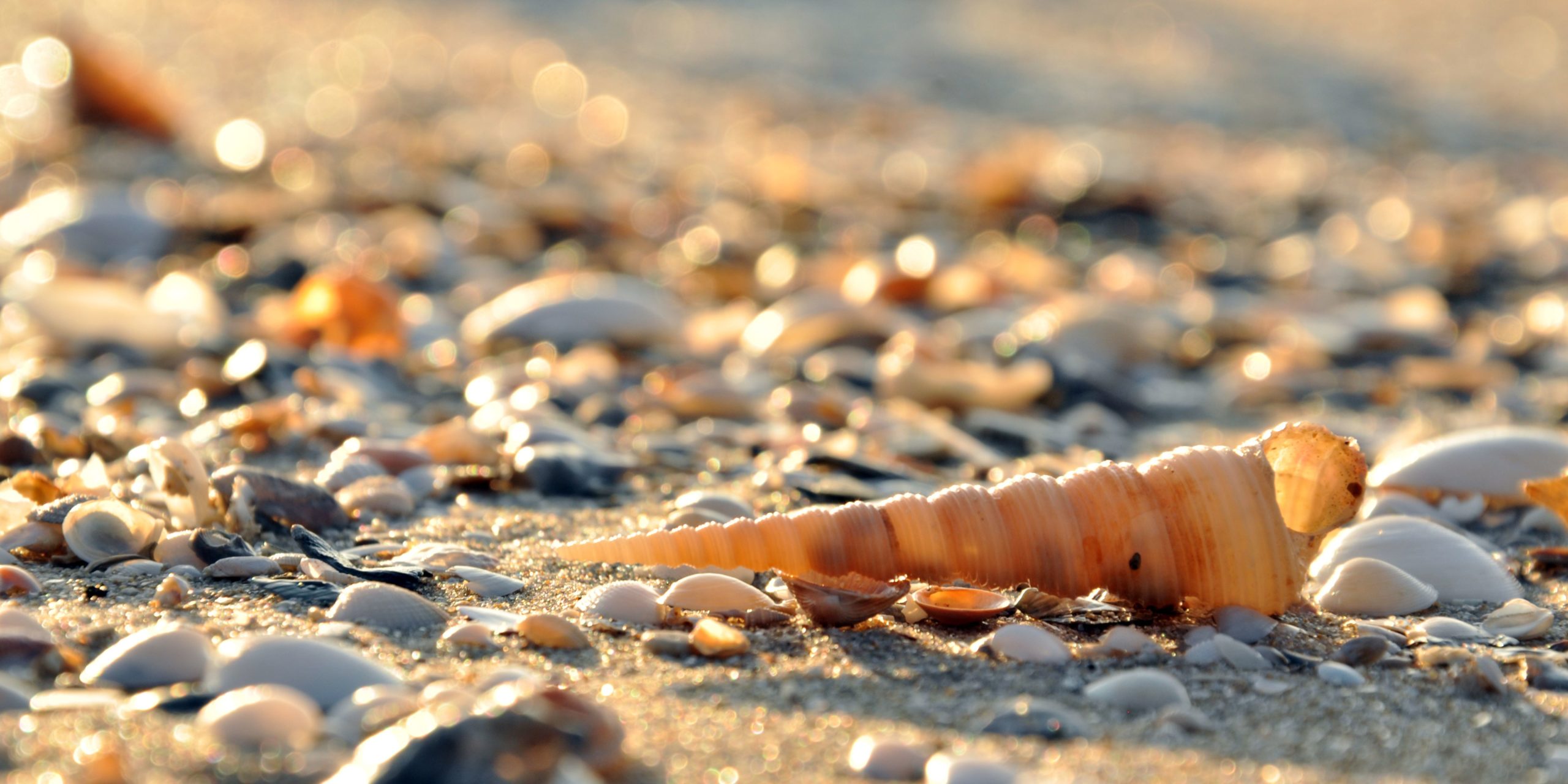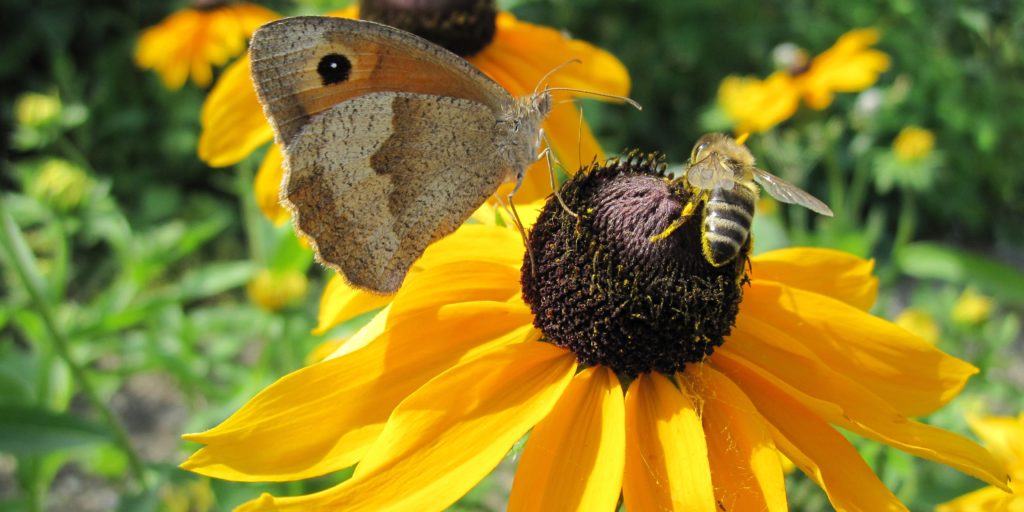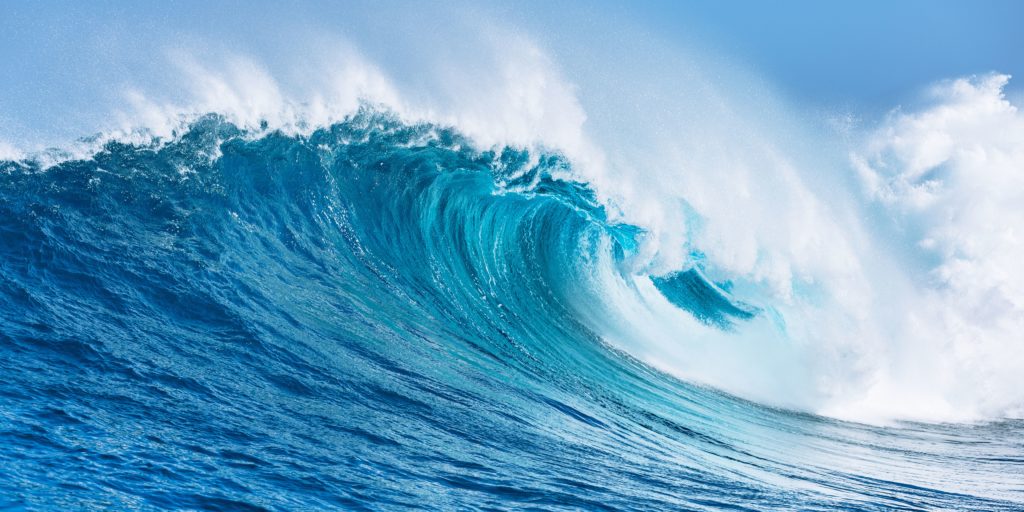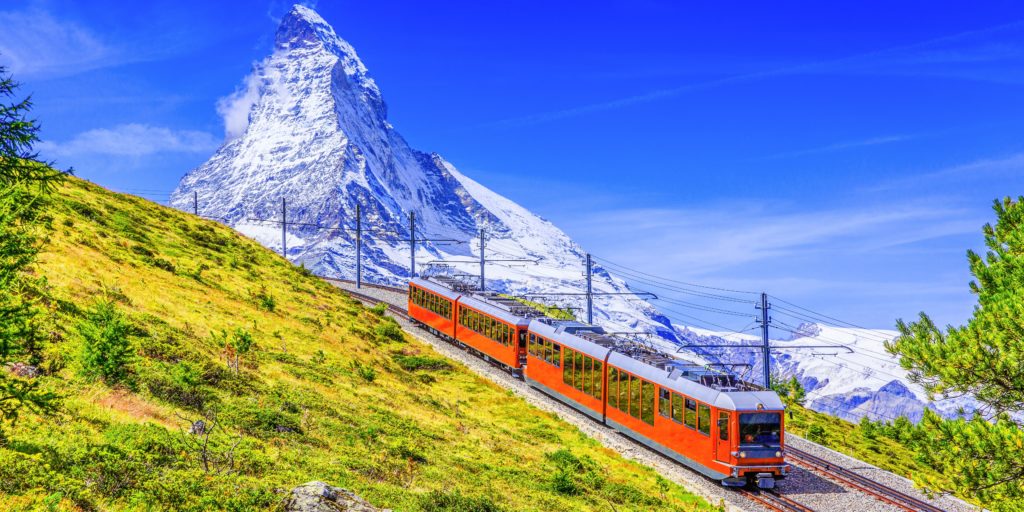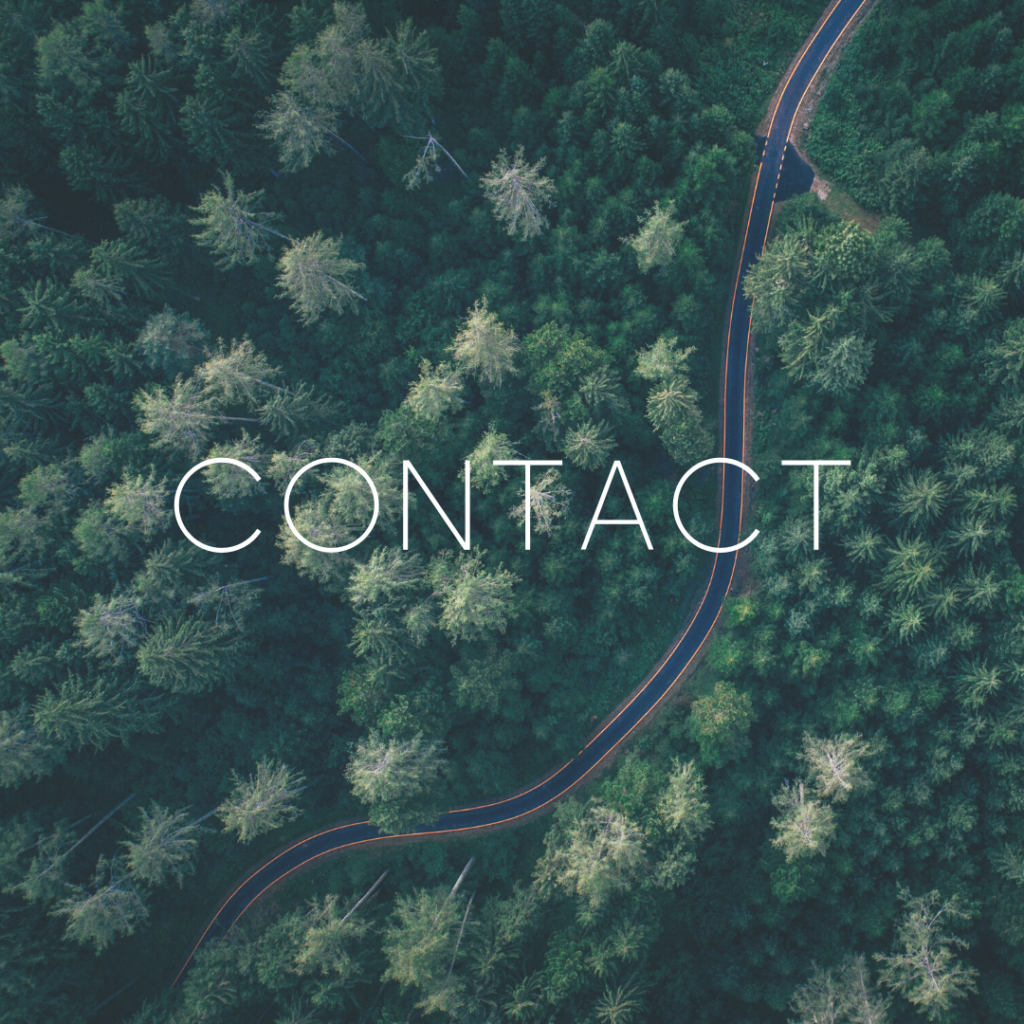Bringing home a seashell, a polished pebble, or a handful of sand may seem harmless—a small token of a memorable getaway. Yet, when multiplied by the millions of tourists who do the same each year, this seemingly innocent gesture becomes a serious environmental threat. These natural elements aren’t just pretty—they’re part of intricate ecosystems and play essential roles that are often invisible to the casual observer. Understanding their importance is a first step toward more respectful and sustainable travel.
🌱 Every natural element has a role in nature’s balance
When we encounter the natural beauty of a beach, forest, or riverbank, it’s easy to see elements like shells, stones, and flowers as mere decorations or souvenirs. However, these seemingly simple objects play much more significant roles in the environment than we might realize. Each piece is part of a delicate and interconnected system that supports the health of the ecosystem. From providing shelter for animals to stabilising soils and supporting plant life, these natural elements contribute to the balance and resilience of the habitat. Removing them disrupts these vital functions, potentially causing long-lasting harm to the ecosystem. Understanding their true role is key to recognising why leaving them in place is crucial for preserving the environment.
🐚Shells: not just pretty trinkets
• Shells serve as homes for hermit crabs, small fish, and countless marine creatures. They protect shorelines by absorbing wave energy and reducing coastal erosion. Their breakdown releases minerals into the sand, enriching marine environments and food chains.
Removing shells disrupts both shelter and nutrient cycles, leaving marine life more vulnerable.
🪨 Pebbles and stones: hidden anchors of biodiversity
• They stabilise riverbeds, coastlines, and soil structures, preventing erosion. They create tiny ecosystems, housing mosses, insects, amphibians, and fungi. When we remove them, we destroy microhabitats and alter soil chemistry and structure.
That one smooth pebble in your pocket may have been part of a fragile natural balance.
🪸Sand: a finite and fragile resource
• Sand forms over centuries and is essentially non-renewable at human scale. It creates natural defenses against storms, sea level rise, and erosion. It’s also critical habitat for rare or endangered species like the Kentish plover.
Taking sand home may seem minor—but globally, it’s devastating.
🌺 Wildflowers and native plants: beauty that belongs to the wild
• Many species, like edelweiss or endemic orchids, are protected and at risk. These plants support vital processes like pollination and soil regeneration. Picking them disrupts reproduction cycles and removes food for pollinators and wildlife.
A single picked flower might mean a species loses its chance to spread.
🍂 Deadwood and driftwood: shelter, food, and fertility
• Driftwood is a crucial shelter for insects, fungi, birds, and small mammals. It helps stabilise dunes, enriches soil as it decomposes, and supports biodiversity. When we collect it, we remove an entire microhabitat.
That driftwood centrepiece could have been a lifeline for dozens of species.
🐌 Feathers, bones, shells, and molts: part of nature’s recycling system
• These items feed scavengers and decomposers, and some are reused in nest building. They provide data for scientists monitoring ecosystem health. Many are protected by law—like wild bird feathers, which are illegal to collect in many countries.
Nature leaves nothing to waste; we shouldn’t either.
🪺 Nests and eggs: still useful, even when abandoned
• Many birds and animals reuse old nests and nesting sites. In most countries, disturbing or collecting nests and eggs is strictly illegal.
They are a vital part of reproduction, and taking them disrupts future life cycles.
🪴 Moss, lichens, and fungi: small organisms, big impact
• They retain moisture, filter water, protect soil, and create habitat. They grow incredibly slowly—just a few millimetres per year. Harvesting them causes long-term damage to forest floors and rocks.
Their removal damages landscapes that took decades—or centuries—to form.
🌍 Why these natural elements are ecologically essential
Natural materials—on coastlines, in forests, and in mountains—are far more than scenic details.
• They act as natural defenses, absorbing the energy of wind, waves, and storms. They offer habitats, food sources, nesting grounds, and breeding sites. They regulate nutrient and water cycles, enrich soils, and help ecosystems bounce back after stress.
Every shell, leaf, or stone left in place helps nature continue to thrive.
❌ Why you shouldn’t take them—and what happens when we do
• Ecosystems are weakened: Removing just a few elements can tip the balance in delicate environments. Across millions of tourists, the damage is huge.
• Losses are permanent: Natural elements like sand or moss grow or accumulate over hundreds of years. Once taken, they don’t come back.
• Wildlife suffers: What you take may be food or shelter for another species—or a vital step in reproduction.
• There are laws: In France, for example, article L.321-8 of the Environmental Code forbids the removal of natural materials from coastal areas. Fines can reach €1,500—or up to €100,000 in Corsica.
⚠️ Mass tourism: When harmless turns harmful
• In Sardinia, over 5 tons of sand are illegally taken each summer.
• In Iceland, removing moss has led to barren, sterile landscapes.
• In Hawaii, collecting dead coral has thrown entire reef ecosystems off balance.
A small action, when repeated millions of times, leads to real and often irreversible environmental degradation.
📲 Instant tourism, viral destinations, real damage
• Social media fuels over tourism by making remote natural sites suddenly “must-see” hotspots.
• People go off-trail, trample sensitive areas, or pick flowers for photos.
• Natural spaces become overrun, leaving ecosystems little chance to recover. In chasing beauty, we risk destroying it.
🌿 Sustainable alternatives: souvenirs that don’t harm nature
When we travel, it’s natural to want a keepsake to remember our adventures. However, the souvenirs we choose can have a significant impact on the environment. Instead of collecting physical elements from nature, which can harm ecosystems, there are many ways to bring home meaningful memories that are both sustainable and respectful of the places we visit. From intangible experiences to locally crafted items, these alternatives not only preserve the integrity of nature but also support local communities and encourage eco-conscious tourism. Let’s explore some thoughtful options that allow you to carry a piece of your journey with you—without taking anything from the Earth.
🎒 Intangible souvenirs and lasting memories
• Capture your moments in photos, videos, travel journals, or sketches.
• Choose immersive experiences: eco-tours, workshops, cooking classes, or local storytelling.
Memories often outlast objects—and carry less environmental weight.
🛍️ Local, ethical, artisan gifts
• Buy handcrafted items: pottery, textiles, local delicacies, natural cosmetics.
• Support regional artisans and small businesses with low-impact production.
Souvenirs can be beautiful, meaningful, and sustainable.
🪴 Zero-waste and useful objects
• Choose functional gifts: reusable water bottles, beeswax wraps, bamboo toothbrushes, solid soap.
• Promote an eco-friendly lifestyle through thoughtful items.
Practical souvenirs have long-term impact—without environmental cost.
💖 Let the souvenirs stay in nature
That perfect shell, that soft pebble, that delicate flower—each belongs where it is. Nature offers beauty, but it is not ours to own.
Leaving things in place helps protect fragile ecosystems and honours the living systems we’re lucky to visit.
Sometimes, the best souvenir is the one you admire—and leave behind.
🌍 Examples of positive impact: Sustainable tourism and the protection of natural elements
While much of the focus in this article is on the harm caused by removing natural elements, there are inspiring examples of how sustainable tourism can directly help preserve these precious resources. In some locations, eco-conscious travellers are contributing to the protection of beaches, forests, and other natural spaces by respecting the integrity of the environment. For instance, in the Seychelles, responsible tourism practices have been implemented to safeguard the islands’ unique flora and fauna, including the endangered Coco de Mer palm. Tourists are encouraged to observe, rather than take, natural elements like shells or plants, ensuring the survival of these species for future generations. Similarly, in the island of Santorini, Greece, efforts to limit souvenir hunting—such as removing shells and stones from beaches—have helped reduce erosion and maintain the region’s coastal ecosystem. In some regions of New Zealand, local conservation groups actively work with tourism operators to raise awareness about the importance of leaving natural objects in place, with tourists voluntarily refraining from collecting stones or flowers to help preserve soil health and native habitats. These examples show that when sustainable tourism practices are put into place, both the environment and local communities benefit—proving that responsible travel choices can help protect natural elements and their vital roles in the ecosystem.
🌎 Conclusion – Travel without taking, protect by respecting
Every undisturbed shell, untouched flower, and uncollected pebble is an act of conservation. In a world where ecosystems are growing increasingly fragile, our small choices can have a tremendous collective impact. Just as mass tourism can lead to irreversible damage, responsible and mindful travel can be a powerful force for good, helping to preserve the beauty and biodiversity of the places we visit. By supporting destinations that prioritise sustainability, we contribute to the protection of natural elements and local ecosystems, ensuring that these treasures are available for generations to come.
To preserve nature, we must let go of the impulse to possess it. Traveling responsibly means choosing awe over ownership, experience over extraction. By shifting from collecting to contemplating, from taking to treasuring, we embrace a deeper, more mindful way of connecting with the world. Every choice, no matter how small, has an impact. So, the next time you’re exploring the natural world, consider what it means to leave something behind—whether it’s a shell on the shore, a flower in the field, or a memory in your heart.
Protecting nature doesn’t mean giving up wonder—it means sharing it, sustaining it, and ensuring it endures for generations to come.
Illustrative photo: from canva.com
Internet sources:
-
- Service public.fr – vacances, coquillages, sable
- Tourisme responsable – ne pas prélever de souvenirs dans les espaces naturels
- Etat sauvage – Pourquoi il ne faut pas ramasser sable et coquillages
- Vendée transitions – Comment protéger la biodiversité… quand on part sur les chemins ?
- Petit futé – Ramener des souvenirs de voyage : écolo ou pas ?
- Biodiversité – https://biodiversite.gouv.fr/les-5-pressions-responsables-de-leffondrement-de-la-biodiversite
- OFB – Les effets des loisirs sur la biodiversité

